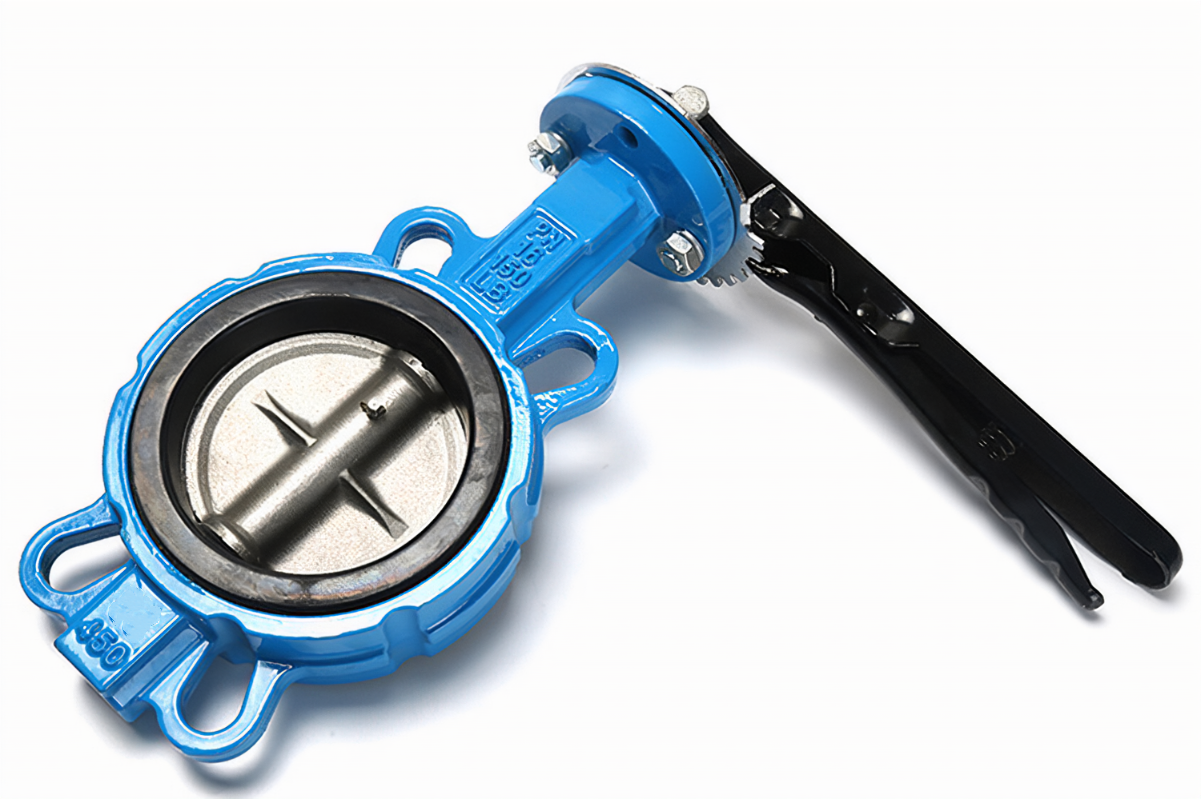semi lugged butterfly valve
Understanding the Semi-Lugged Butterfly Valve Design, Functionality, and Applications
The semi-lugged butterfly valve has carved a niche for itself in various industrial applications due to its unique design and operational efficiency. This type of valve is essential in regulating flow in pipelines and systems across industries, including water treatment, chemical processing, and HVAC systems. In this article, we will delve into the design, functionality, and typical applications of the semi-lugged butterfly valve.
Design Features of Semi-Lugged Butterfly Valves
A semi-lugged butterfly valve is characterized by its disk-like structure, which is mounted on a shaft. The unique aspect of the semi-lugged design lies in its mounting configuration. Unlike traditional lugged valves that have fully functional lugs for bolting, the semi-lugged version has partially extended lugs that allow for easier installation and maintenance. This design provides a balance between holding power and ease of disassembly.
The valve body is typically made from durable materials such as cast iron, stainless steel, or plastic, depending on the application. The semi-lugged valve also features an elastomeric seat that creates a seals the valve when closed, preventing leakage and ensuring efficient flow control.
Functionality
The core function of a semi-lugged butterfly valve is to control the flow of fluid in a system. It operates using a simple principle as the valve handle is turned, the disk rotates about its axis, either opening or closing the flow path. The quick-acting design allows for rapid response to flow changes, making it ideal for operations that require immediate regulation.
One of the significant advantages of a semi-lugged butterfly valve is its ability to handle large volumes of fluids with low pressure drops. This is particularly beneficial when flow efficiency and energy savings are priorities. Additionally, the design allows for a quarter-turn operation, which means that the valve can be opened or closed with minimal effort, thus reducing wear and tear on the components over time.
Applications of Semi-Lugged Butterfly Valves
semi lugged butterfly valve

Semi-lugged butterfly valves are versatile and can be employed in a wide range of applications
. Here are some notable examples1. Water Treatment Plants In municipal water systems, these valves help regulate water flow during treatment processes. Their ability to handle corrosive materials and varying pressures makes them suitable for this environment.
2. Chemical Processing The chemical industry often utilizes semi-lugged butterfly valves to control the flow of various fluids, including corrosive substances. Their robust construction ensures longevity and reliability under challenging conditions.
3. HVAC Systems In heating, ventilation, and air conditioning systems, these valves play a critical role in regulating airflow and water circulation, contributing to energy efficiency and system performance.
4. Food and Beverage Industry The ability to easily clean and maintain semi-lugged butterfly valves makes them ideal for food processing applications. Ensuring a sanitary environment while effectively controlling flow is crucial in this sector.
5. Oil and Gas These valves are also used in the oil and gas industry for their ability to handle viscous fluids and gases. Their rugged design provides the necessary durability for harsh operating conditions.
Conclusion
The semi-lugged butterfly valve is an essential component in modern industrial systems, offering a blend of efficiency, ease of maintenance, and reliability. Its innovative design caters to the demands of various applications, making it a preferred choice for engineers and operators alike. Understanding how these valves function and where they can be applied enables industries to optimize their operations while ensuring safety and performance. As technology continues to advance, the semi-lugged butterfly valve will likely evolve further, continuing to meet the complex needs of modern fluid handling systems.
-
The Key to Fluid Control: Exploring the Advantages of Ball Valves in Industrial SystemsNewsJul.09,2025
-
The Versatile World of 1, 2, and 3 Piece Ball ValvesNewsJul.09,2025
-
Stainless Steel Ball Valves: The Ideal Choice for Efficient Flow ControlNewsJul.09,2025
-
Optimizing Fluid Control with Ball Float ValvesNewsJul.09,2025
-
Manual Gate Valves: Essential for Control and EfficiencyNewsJul.09,2025
-
Everything You Need to Know About Butterfly ValvesNewsJul.09,2025
-
The Versatility of Wafer Type Butterfly ValvesNewsJul.08,2025




